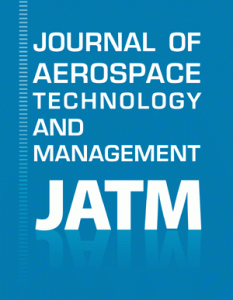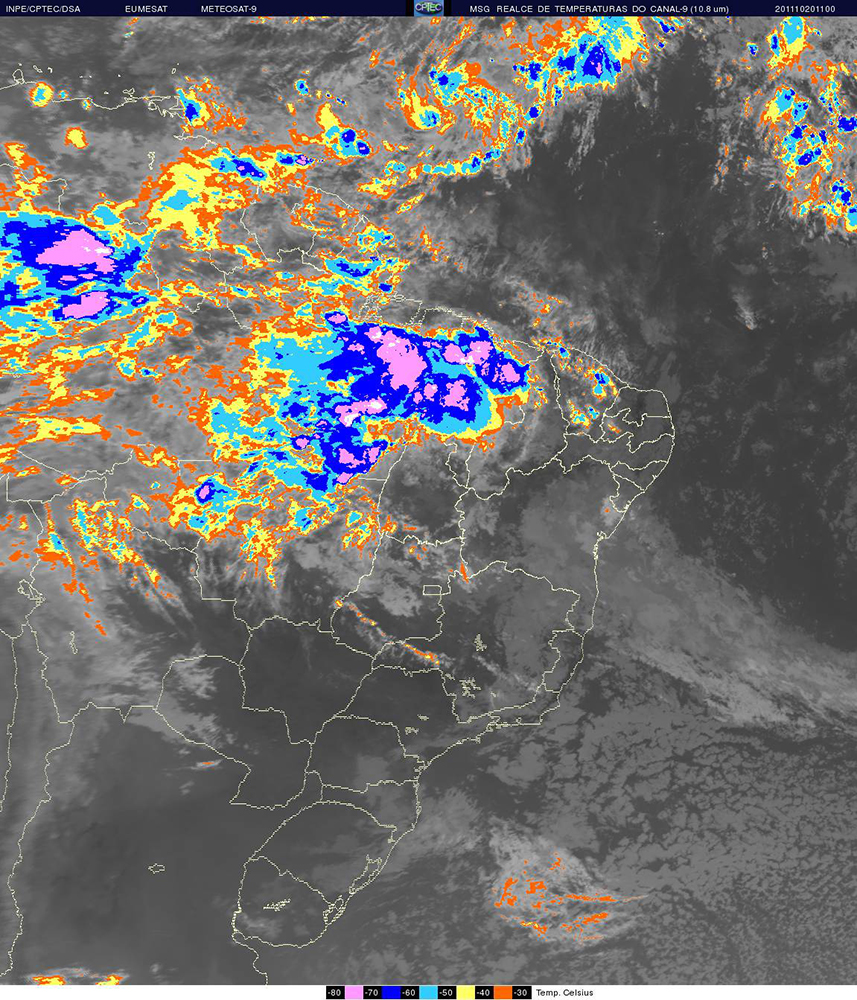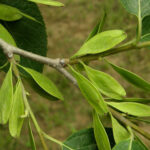By Rosa Moraes, Scientific Journalist, Linceu Editorial, São José dos Campos, SP, Brazil
Journal of Aerospace Technology and Management (vol. 11) includes the article “Wet Days in the Dry Quarter of the Alcântara Launch Center Region: Observational Features”. This research was conducted in 2018 by brazilian scientists from the Integrated Center for Aeronautical Meteorology (Centro Integrado de Meteorologia Aeronáutica – Rio de Janeiro, RJ) and the Institute of Aeronautics and Space (Instituto de Aeronáutica e Espaço – São José dos Campos, SP).
The study arose from the need of understanding the occurrence of precipitation in the area of the Alcantara Launch Center in the dry quarter (September to November), when precipitation events are infrequent. It mentions past missions during which light to moderate precipitation events occurred, which did not significantly interfere in launching-related activities, but served as a warning to consider the possibility of precipitation as an important issue even in the dry quarter.
However, one cannot think only of light to moderate precipitation occurrences, as even severe events can occur in CLA during the dry season. About these eventual events, it is cited as an example what happened in October 2011 (MARQUES; SOUZA, 2015), when heavy rains hit the CLA region and several other points of the state of Maranhão, where the base is located.
The work was divided in the pursuit of three main objectives: to characterize the wet days, to analyze the interannual variability of their occurrence and to study the atmospheric conditions related to heavy precipitation days. The information and methodology are presented, and the results shown separately, according to each proposed objective.
According to the article, during the dry quarter, the surface wind speed is higher and there are unfavorable conditions for rain. It is rare for a precipitation event to occur, but its occurrence will always represent a further limiting factor and may seriously influence launch missions.
The study was conducted by analyzing statistically the occurrence of wet days from a dataset of total daily precipitation collected over 37 years. The obtained statistics, such as lower values of total precipitation and number of wet days confirm previous studies based on shorter duration datasets.
Figure 1. Satellite image showing the enhanced brightness temperature (IR channel) for 1100 UTC, 20-Oct-2011. In this day, heavy precipitation occurred at CLA.
Results points the great interannual variability of precipitation characteristics in the dry quarter, as shown by previous studies mentioned, and confirms that there is no significant relationship between the interannual variability with the “El Niño” and “La Niña” phenomena. Other possible influencing factors such as anomalies in sea surface temperature in the Tropical Atlantic are investigated, also concluding that further studies should be conducted to investigate other factors that help explain the wide interannual variability of wet day characteristics in CLA.
Results also show that higher precipitation events in the dry quarter are organized in a well-defined large scale pattern of convective activity. Over this pattern, there is a significant strengthening of favorable conditions for precipitation occurrence. This kind of spatial organization could be helpful for short-range weather forecasting.
The Alcântara Launch Center (Centro de Lançamento de Alcântara, CLA), located in Northern Brazil, is the main launching grounds of the Brazilian Space Program, and studies that contribute to the optimization of safety and effectiveness of the activities there developed are of particular interest.
Reference
MARQUES, R.F.C. and SOUZA, T.E. Estudos de Eventos de Chuva no Centro de Lançamento de Alcântara na Estação Seca. In: Simpósio Internacional de Climatologia, Natal, 2015.
To read the article, access it
COSTA, P.C.S., OYAMA, M.D. and MARQUES, R.F.C. Wet Days in the Dry Quarter of the Alcântara Launch Center Region: Observational Features. J. Aerosp. Technol. Manag. [online]. 2019, vol. 11, e3219, ISSN: 2175-9146 [viewed 5 September 2019]. DOI: 10.5028/jatm.v11.1063. Available from: http://ref.scielo.org/jtq2dk
External link
Journal of Aerospace Technology and Management – JATM: <http://www.scielo.br/jatm>
Como citar este post [ISO 690/2010]:



















Recent Comments